Blog
View our fitness and wellness blogs to elevate your fitness experience
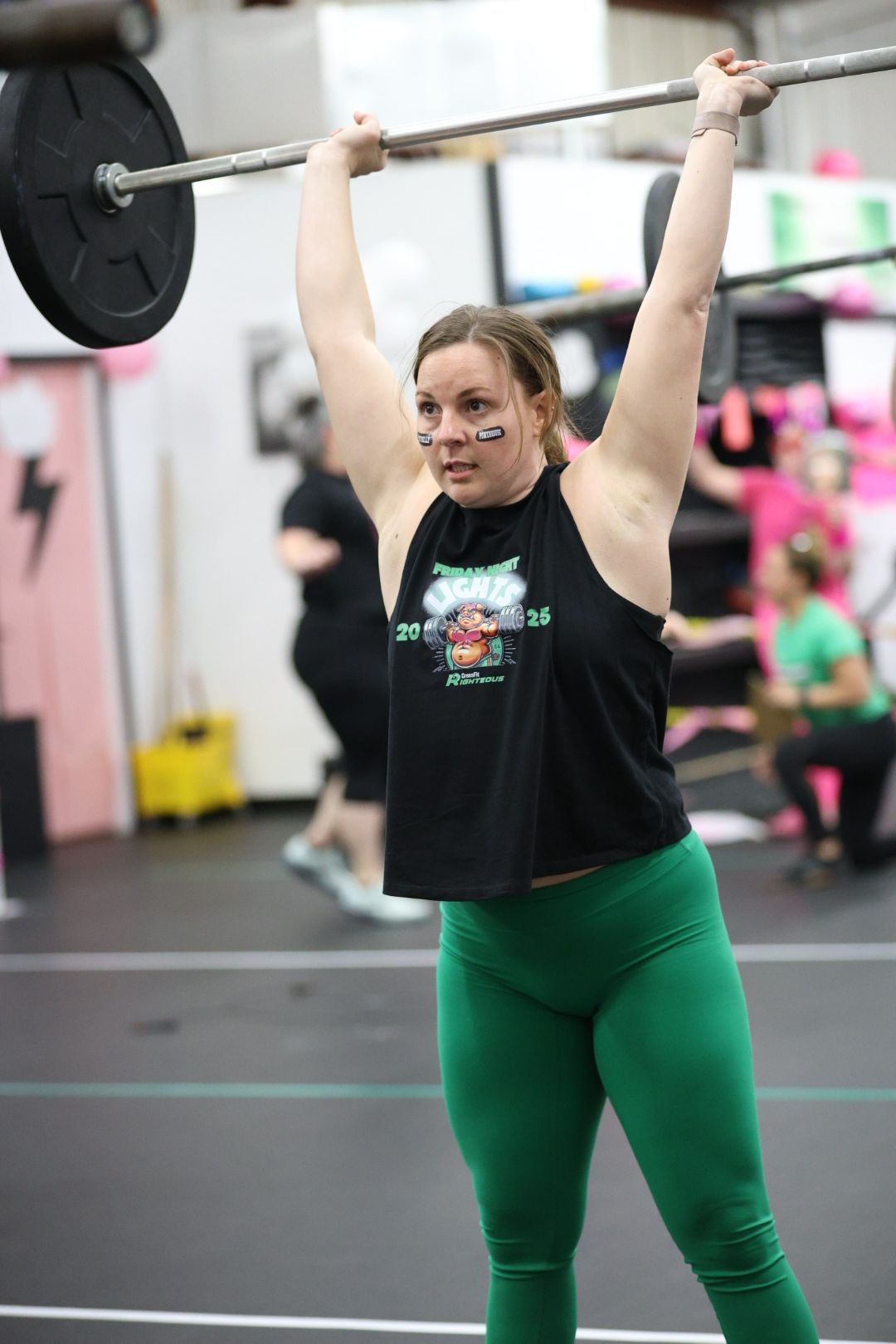
You crushed it at the gym, you increased your weight and intensity... Now your muscles are talking back — and not in a good way. If you hit the gym regularly, you’ve probably had days where walking up stairs feels like climbing Everest. That post-workout ache is called Delayed Onset Muscle Soreness (DOMS), and while it’s a normal response to pushing your body, it doesn’t mean you have to suffer through it blindly. Here’s how you, the everyday gym-goer, can handle soreness smartly and keep your training on track. 1. Don’t Skip Movement - Taking a full rest day can feel tempting when you’re sore, but staying completely still can make you even stiffer. Instead, continue to get your blood flowing and help flush out muscle waste. Think of it as damage control, not punishment. 2. Hydrate Like It’s Part of Your Workout - Muscle soreness can worsen when you're dehydrated. You’re already sweating buckets in the gym — don’t shortchange your recovery. Drink water consistently throughout the day. Better hydration = better recovery. 3. Use Heat and Ice — at the Right Times - Right after a brutal workout? Ice can help bring down inflammation. A day later when the tightness sets in? Heat can relax stiff muscles and improve mobility. Hot baths, warm compresses, and even contrast showers (alternating hot and cold water) can be game changers. 4. Stretch, But Don’t Overstretch - Dynamic stretches before your workouts = good. Static stretches after your workout = better. When sore, aim for light, feel-good stretches — this isn't the time to force a deep hamstring stretch. A few minutes a day can keep you moving without making soreness worse. 5. Foam Roll Like It’s Your Job - If you’re not foam rolling, you’re missing a golden recovery tool. Just a few minutes of rolling can: Ease muscle tension Improve blood flow Speed up recovery Target sore areas gently — it should feel relieving, not like torture. 6. Fuel Up Post-Workout - What you eat after the gym matters — especially when you’re sore. Aim for: Protein to repair muscle fibers Carbs to replenish energy Healthy fats to fight inflammation A protein shake with banana and peanut butter? Perfect post-gym fuel. 7. Get Serious About Sleep - Your muscles aren’t just recovering in the gym — they’re repairing while you sleep. Aim for 7–9 hours a night if you want your body to bounce back stronger. Late nights + early morning workouts = sore, grumpy, and stuck in a plateau. 8. Know the Difference Between Soreness and Injury - DOMS is normal. Sharp, stabbing, or long-lasting pain? That’s a red flag. Don’t ignore your body trying to warn you. When in doubt, back off and reassess. Final Thoughts Soreness is part of the process — a sign that your workouts are working. But being sore shouldn’t mean dragging yourself through the week. Use these strategies to recover smarter, stay consistent, and keep progressing without burning out.
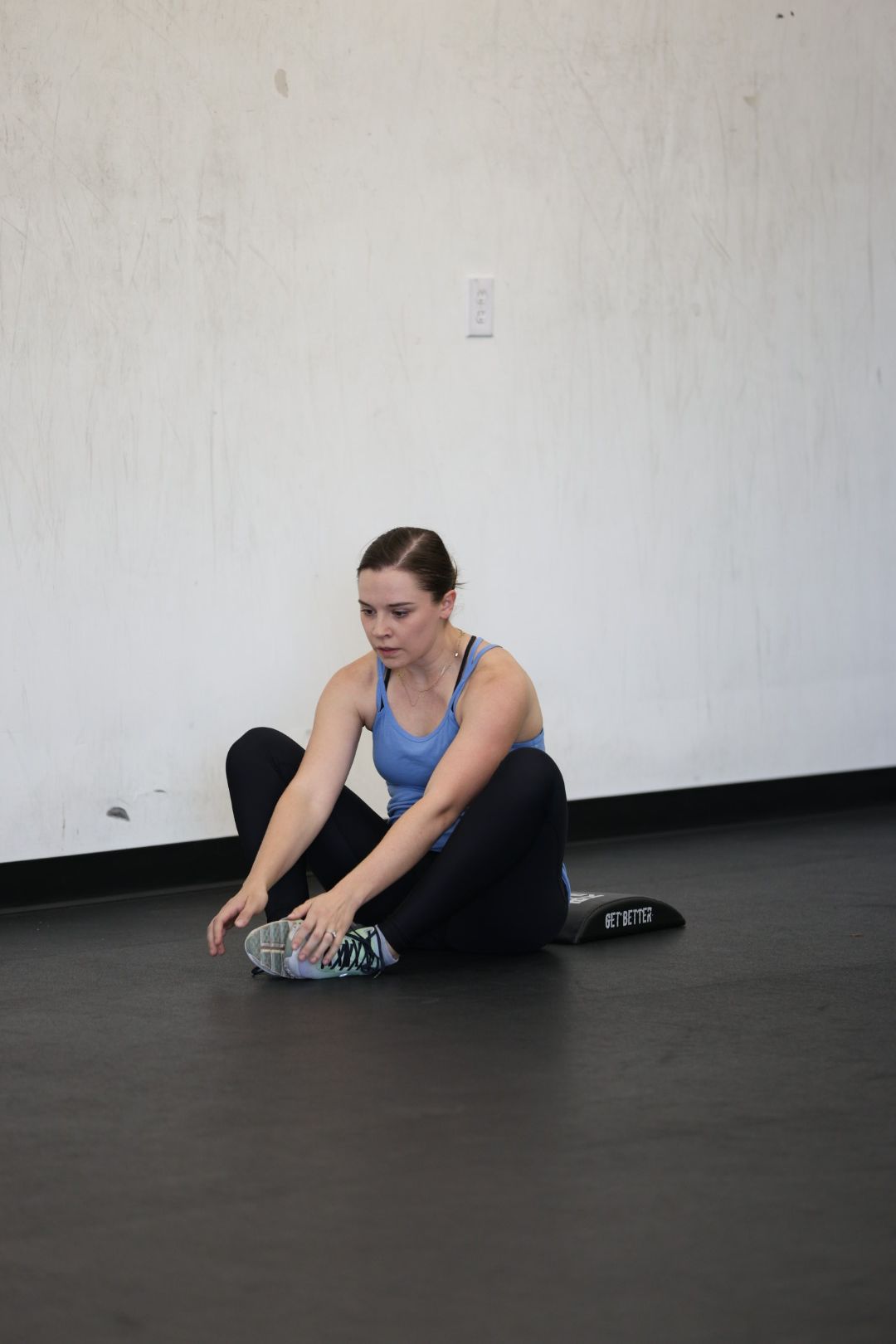
Here are seven at-home workouts that require minimal equipment (just dumbbells or kettlebells, jump rope optional). It’s built around high-intensity functional movements — think bodyweight exercises, dumbbell work, cardio — scale for various fitness levels. ONE For Time: 21-15-9 Air Squats Push-ups Jumping Lunges (Optional: 50 double unders or 100 singles after each round) TWO EMOM x 12 (every minute on the minute): Minute 1: 10 Dumbbell Swings Minute 2: 10 Dumbbell Push Press Minute 3: 30s Hollow Hold 3 Rounds: 20 Russian Twists (each side) 10 V-ups 1 min Plank THREE 30–45 min walk, bike, hike, or yoga Mobility work: hips, shoulders, T-spine FOUR As Many Rounds As Possible in 12 Minutes: 10 Burpees 15 Dumbbell Snatches (alternating) 20 Sit-ups FIVE 3 Rounds For Time: 15 Dumbbell Deadlifts 12 Dumbbell Front Squats 9 Dumbbell Push Jerks *Rest 1 minute between rounds SIX 20-Minute AMRAP: 200m Run (or 30 seconds of high knees) 20 Air Squats 15 Push-ups 10 Dumbbell Rows (each arm) SEVEN – Rest or Stretch Optional: 20–30 min of light mobility (foam roll, stretch) There are a million different variations you could do- these are just 7 options if you're in a pinch!
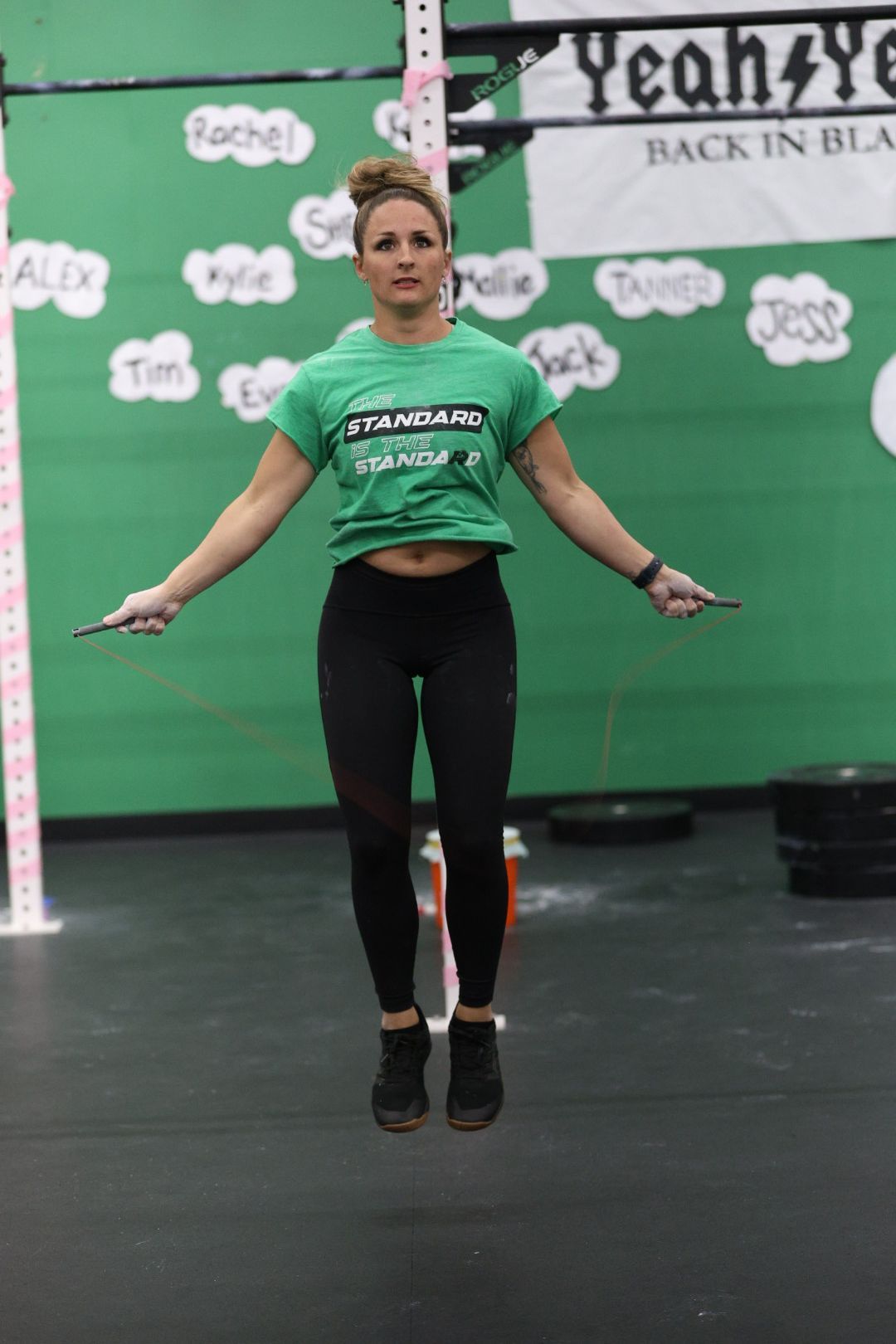
Should you do double-unders? Do you HAVE to? No. Double-unders do not tell you if you're fit or healthy. There are a lot of healthy and fit folks out there that have not yet mastered the double-under skill. Does that mean you shouldn't try? No. Double-unders are a great source of cardio that trains rhythm, timing, neuromuscular coordination, proprioception, kinesthetic awareness, control under fatigue, etc.. Before getting frustrated with them, ask yourself why you are learning them. If it's because everyone else is doing them and we think we're not fit without them... maybe, just maybe, we're going about it the wrong way. Why you SHOULD keep trying them: Because they are. a frustrating movement that can challenge you (for years sometimes)! A challenge like this is good for your brain. It helps you outside of the gym to not give up when things aren't working. To keep showing up when life whips you (pun intended). Stick with the thing that frustrates you. Here are some tips to help you get better at double unders: Improving double unders with a jump rope involves a mix of timing, technique, strength, and consistency. Here’s a breakdown to help you get better: ✅ 1. Master the Basics First Make sure you can do consistent single unders (normal jumps) with good posture and minimal arm movement. Practice slowing down single unders to get more control over timing. ✅ 2. Use the Right Rope Choose a speed rope with a light cable and ball bearings for faster rotations. Adjust the length: When you stand on the rope, general rule of thumb is that the handles should reach just below your armpits. ✅ 3. Refine Your Technique Jump straight up, just a bit higher than for singles — don’t kick your heels back or tuck. Let your wrists doing most of the work. Keep your body tight and tall, with a neutral head position. ✅ 4. Practice Wrist Speed Try rope turns without jumping (double-tap drills) to isolate and train wrist speed. You can also do "penguin taps": jump in place and tap your thighs twice midair to simulate timing. ✅ 5. Do Progressions Mix 1 double under between 3–5 single unders (e.g., single-single-single-double). Gradually reduce singles between until you can string doubles together. ✅ 6. Improve Conditioning Double unders are demanding. Work on cardio endurance, calf strength, and ankle mobility. ✅ 7. Be Patient and Consistent Short, daily practice is better than long, frustrating sessions. Film yourself occasionally to check form and identify issues.
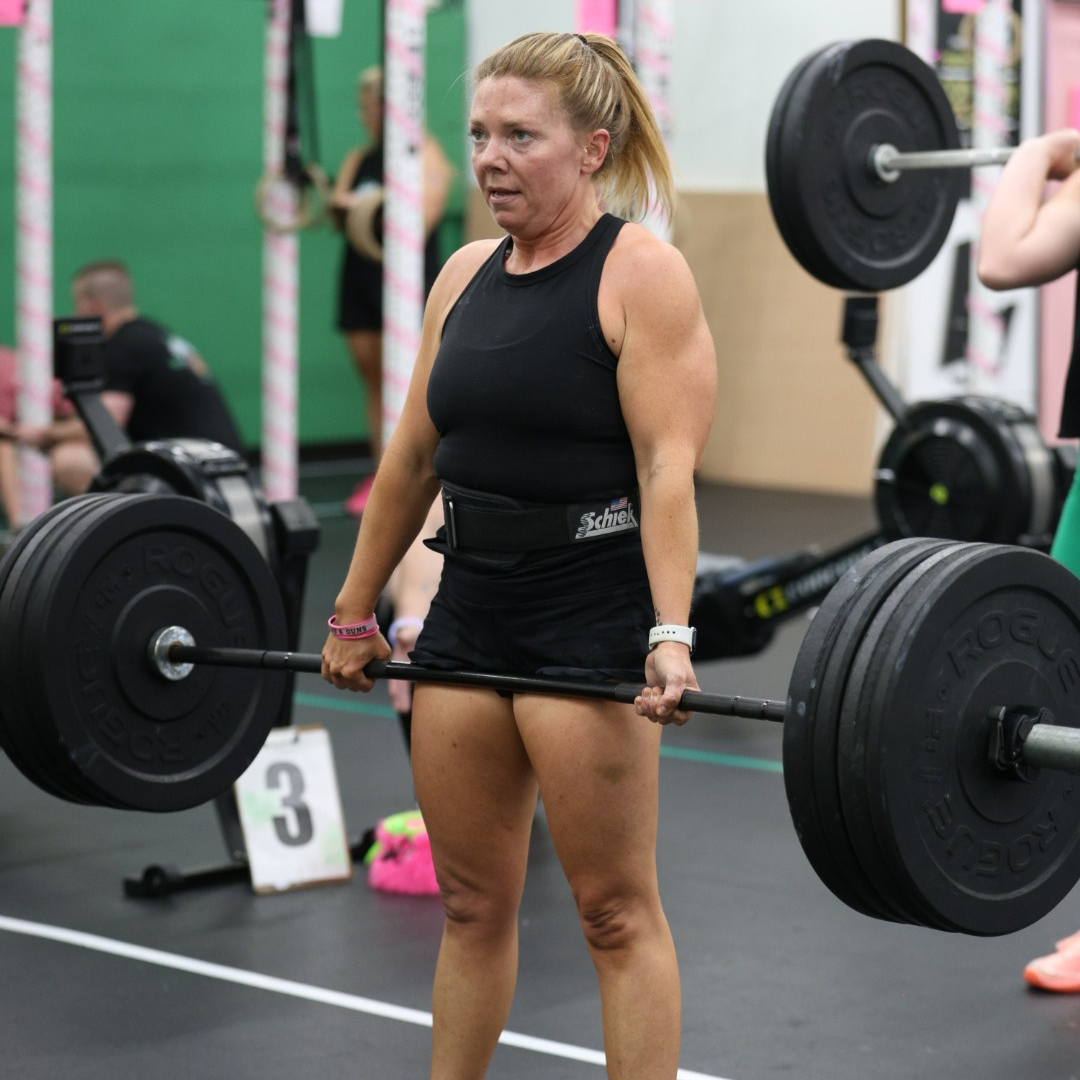
How to Gain Muscle Mass: A Practical Guide for Lifters of All Levels Whether you're a beginner in the gym or someone looking to break through a plateau, building muscle mass requires more than just lifting heavy. It’s a science-backed combination of training, nutrition, rest, and consistency. In this guide, we’ll break down the key strategies you need to follow to gain lean muscle effectively and sustainably. 1. Prioritize Progressive Overload Muscles grow when they’re consistently challenged. Progressive overload means gradually increasing the demands you place on your muscles. You can do this by: * Increasing weight * Adding reps or rounds (sets) * Reducing rest time * Improving exercise form and range of motion 2. Train With the Right Volume and Frequency To stimulate muscle growth (hypertrophy), aim for 3–5 training sessions per week This volume allows sufficient stimulation for growth while giving your body time to recover. 3. Eat More (But Smartly) You can’t build muscle in a calorie deficit. To gain mass, you need a caloric surplus—consuming more calories than you burn. * Start with a 250–500 calorie surplus per day * Focus on protein-rich foods, healthy carbs, and good fats * Sample high-protein foods: chicken breast, lean beef, eggs, Greek yogurt, tofu, legumes, whey protein * Find a coach to help you in the nutrition department- on setup and accountability. 4. Track Your Progress Keep an eye on both your training and nutrition: * Record your workouts: sets, reps, weights * Take weekly progress photos * Track body weight (but don’t obsess—muscle is denser than fat) Tracking helps you make informed adjustments and stay motivated. 5. Prioritize Recovery and Sleep Muscle is built outside the gym—when you rest. Skimping on recovery can stall your gains. * Get 7–9 hours of quality sleep per night * Take rest days to allow muscles to repair and grow * Consider active recovery: light cardio, stretching, yoga Sleep is where muscle-building hormones like growth hormone and testosterone peak. Don’t underestimate its power. 6. Be Patient and Stay Consistent Muscle growth is a marathon, not a sprint. Visible changes may take weeks or even months, but every session and every meal contributes to your progress. * Set short- and long-term goals * Stay consistent with your workouts and meals * Don’t panic if the scale doesn’t move quickly—track strength gains and how your clothes fit Final Thoughts Gaining muscle mass is achievable for anyone with the right mindset and plan. Focus on lifting progressively, eating with intention, and recovering wisely. Avoid shortcuts or crash diets—build your body on solid, sustainable habits. Remember: The best time to start was yesterday. The second-best time is now.
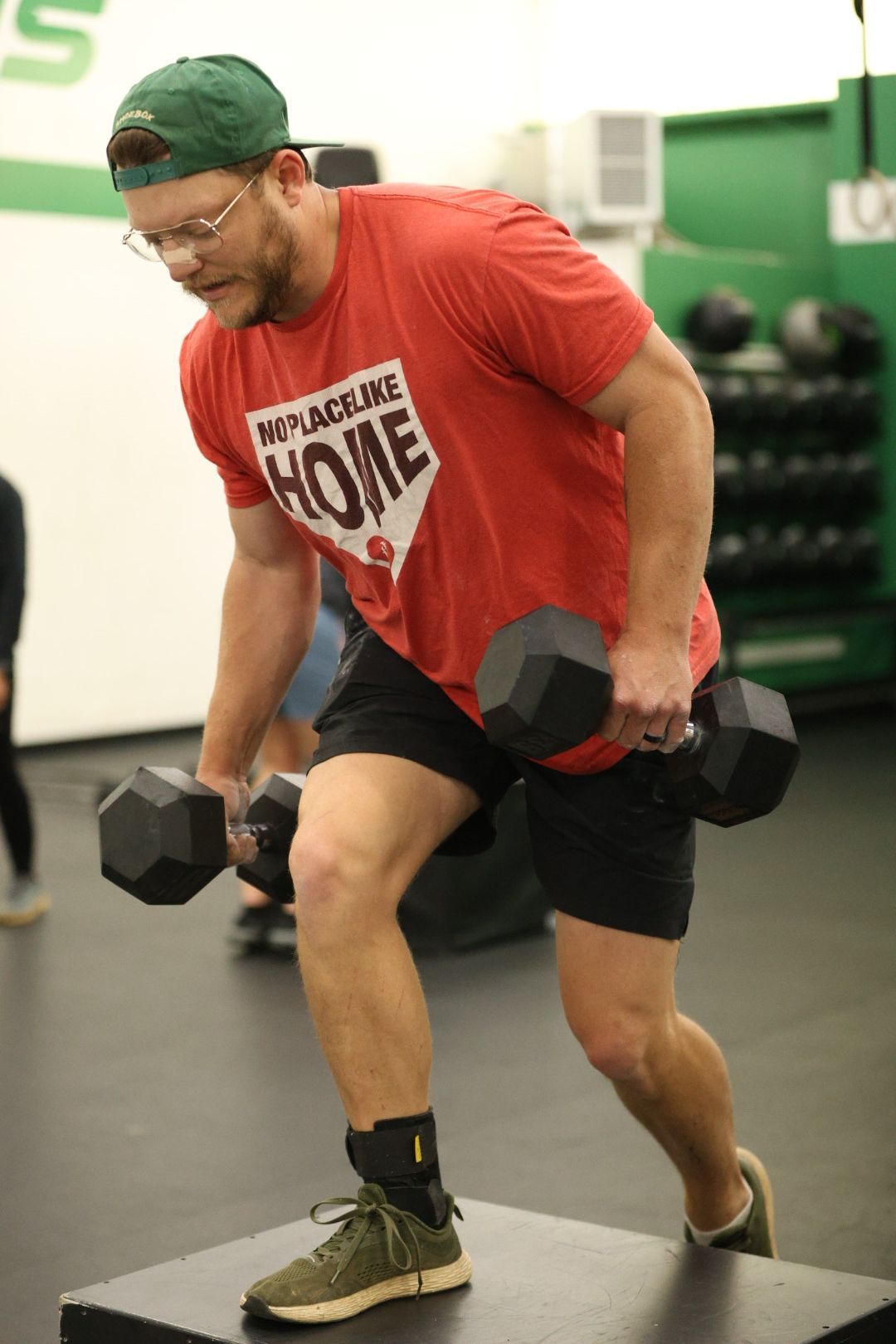
How Often Should You Go to the Gym as a Beginner? Starting your fitness journey is an exciting step, but knowing how often to hit the gym as a beginner can feel overwhelming. You want to see progress, but you also don’t want to burn out or risk injury. The key is finding the right balance between consistency and recovery.
1. Start Small: 3 Days a Week If you’re brand new to the gym, beginning with 3 days a week is a fantastic goal. This frequency gives you the chance to adapt to a new routine. TIP: on the “off days” keep moving!!! If you sit still the soreness will settle and make it hard to move. Also- drink lots of water to help flush your system.
2. Listen to Your Body In the beginning, soreness is normal—you should expect it. If your body is telling you to rest, take the day off by doing a light recovery session like taking a walk, stretching, or taking a leisurely bike ride. Rest is when your muscles repair and grow stronger.
3. Gradually Increase Frequency After 4–6 weeks, as your fitness improves and you feel more confident, you can consider going 4 to 6 times per week. Many people will already be feeling comfortable and they will have seen significant changes in their mind and body. More changes will continue when you get that extra day or two per week.
4. Don’t Neglect Recovery Even as you increase gym days, rest and recovery remain crucial. Incorporate at least one full rest day per week, and make sure you’re sleeping well, staying hydrated, and fueling your body with nutritious food.
5. Stay Consistent, Not Perfect It’s better to work out consistently 4 days a week for a year than to go hard 6 days a week for a month and burn out. Life will get in the way sometimes—and that’s okay. What matters most is showing up regularly over time. Final Thoughts: As a beginner, going to the gym 3 times a week is a smart and sustainable starting point. Focus on building a habit, learning proper form, and giving your body time to adapt. Once you're consistent, you can increase your frequency.
Remember: fitness is a marathon, not a sprint. We’re here for the long haul!
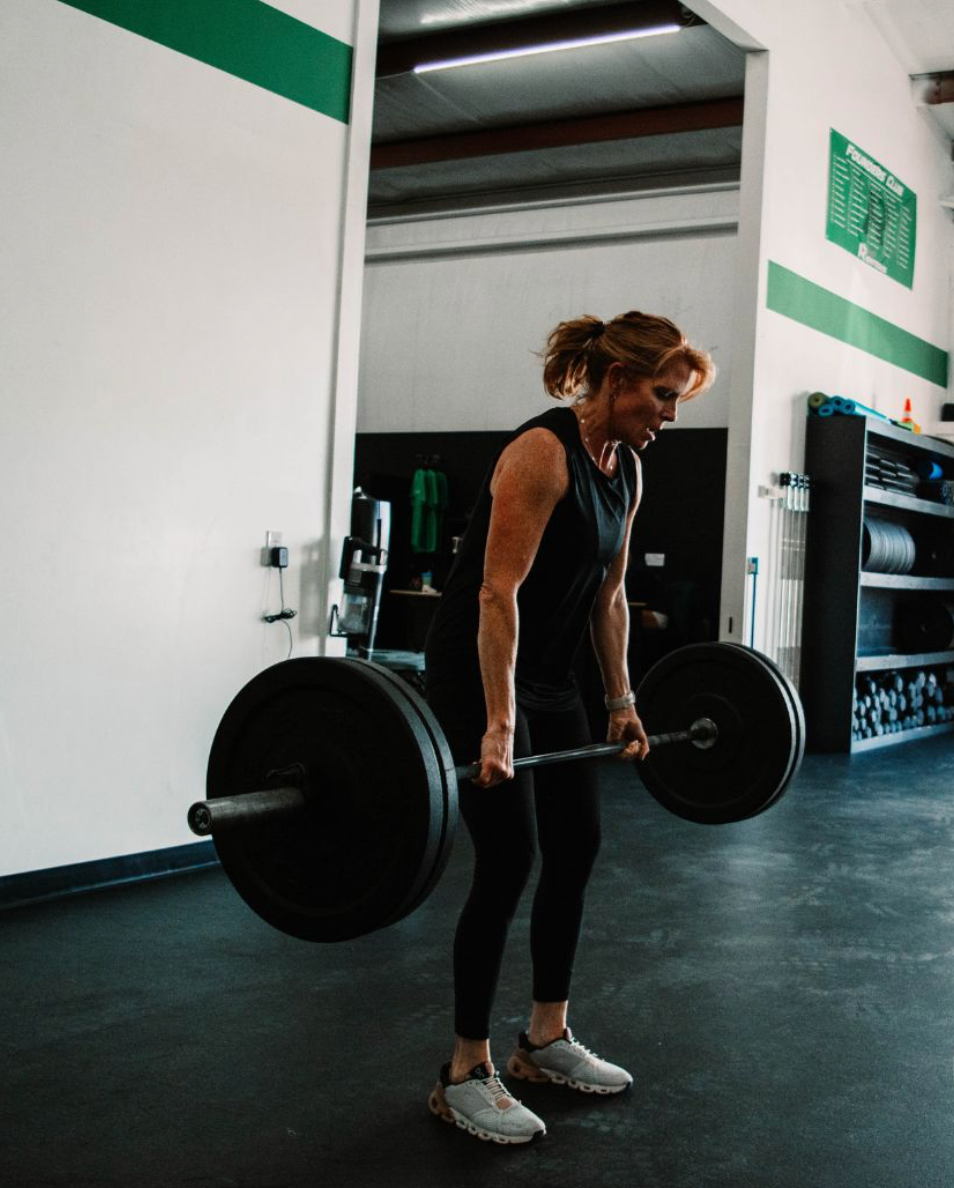
Must-Try Weightlifting Exercises for a Stronger Core When most people think about building a stronger core, they often imagine endless crunches or planks. While these bodyweight exercises are effective, weightlifting offers an even more powerful way to strengthen the core. The beauty of weightlifting is that it not only builds a strong midsection but also enhances overall strength, stability, and athletic performance. Incorporating weightlifting exercises into your core routine can activate deeper muscles and challenge your body in new ways. If you’re looking to build a rock-solid core while improving your overall strength, here are 10 must-try weightlifting exercises for a stronger core.
1. Deadlifts The deadlift is often considered the king of all weightlifting exercises—and for good reason. This compound movement works your entire posterior chain (hamstrings, glutes, lower back) but also engages the core deeply to stabilize your spine. How to do it: * Stand with your feet hip-width apart, the barbell over your mid-foot. * Bend at the hips and knees to grasp the bar with both hands (alternating grip or double overhand). * Keep your back flat and engage your core as you lift the barbell by extending your hips and knees simultaneously. * Lower the bar back to the floor with control.
Core benefit: The deadlift requires constant core engagement to keep your back neutral and prevent injury, making it one of the best core-strengthening exercises. 2. Overhead Press (Barbell or Dumbbell) The overhead press is a fantastic exercise for not only building shoulder strength but also reinforcing core stability. When lifting the barbell overhead, your core has to engage to maintain balance and prevent your back from arching. How to do it: * Start with the barbell or dumbbells at shoulder height. * Press the weights overhead, keeping your core tight and your body stable. * Lower the weights back to shoulder height with control.
Core benefit: The overhead press requires significant core activation to prevent your body from swaying backward or forward during the lift. 3. Front Squat While the back squat is known for building leg strength, the front squat emphasizes the core even more due to the placement of the barbell. Holding the barbell in front forces your torso to remain upright, demanding engagement from your core and upper back. How to do it: * Set the barbell on the front of your shoulders, keeping your elbows high. * Squat down, keeping your chest upright and your knees tracking over your toes. * Drive through your heels to stand back up, maintaining a tight core throughout the movement.
Core benefit: The front squat engages the abs, obliques, and lower back, making it a great exercise for developing a strong core. 4. Russian Twists with Weight A variation of the bodyweight Russian twist, adding weight increases the intensity and further challenges your core, especially your obliques. Holding a dumbbell, kettlebell, or plate while twisting from side to side works both the rotational and stabilizing muscles of the core. How to do it: * Sit on the floor with your knees bent and feet off the ground. * Hold a weight with both hands in front of you. * Lean back slightly and twist your torso from side to side, tapping the weight on the floor beside your hip with each twist.
Core benefit: The added weight increases the resistance on your obliques, helping to build a stronger, more defined core. 5. Dumbell / Kettlebell Swings Kettlebell swings are a powerful exercise for developing hip power, but they also provide a great core workout. The explosive nature of the movement requires core stability to maintain control of the kettlebell as it swings. How to do it: * Stand with feet shoulder-width apart, holding a kettlebell with both hands. * Hinge at the hips, swinging the kettlebell back between your legs. * Drive your hips forward, swinging the kettlebell to chest height or higher while maintaining a strong core.
Core benefit: The swinging motion requires your core to brace against the force generated by your hips, targeting your lower abs, obliques, and lower back. 6. Turkish Get-Ups This full-body exercise requires core strength and coordination as you move from lying down to standing up while holding a kettlebell or dumbbell overhead. The constant stability required by your core makes this an excellent functional core exercise. How to do it: * Start by lying on your back with a kettlebell in one hand, arm extended straight up. * Push through your opposite hand and leg to raise your torso, while keeping the kettlebell overhead. * Slowly move into a standing position, and then reverse the movement back to the starting position. Core benefit: The Turkish get-up engages the entire core, improving both stability and strength while targeting the obliques, abs, and lower back.
These are just a few- we could go on and on with the list of effective core-building movements…Thrusters, overhead squats, overhead walking lunges, etc… the list goes on.
Conclusion Weightlifting isn’t just for building strength in your legs or upper body—it’s also a fantastic way to develop a powerful, functional core. By incorporating these weightlifting exercises into your workout routine, you’ll be able to target all areas of your core while simultaneously improving your overall strength, stability, and athletic performance. Remember, form is key in weightlifting to avoid injury and get the most out of each exercise. Start with lighter weights to master the movement before gradually increasing the load. With consistent effort, you'll notice a stronger, more resilient core that supports every aspect of your fitness journey.

What to Bring to the Gym: Your Ultimate Gear Guide Walking into Righteous for the first time? Or maybe you’re a seasoned Veteran and just want to make sure you’re not missing anything in your bag. Either way, showing up prepared makes a difference — in your performance, recovery, and overall experience. Righteous isn’t your average gym session — we’re talking lifting, jumping, rowing, climbing, and everything in between. So your gear needs to be as versatile as your workouts. Let’s break down what to bring to the gym, whether you're a rookie or a seasoned Vet... ✅ Gym Bag Essentials 1. Training Shoes You’ll need stable, supportive shoes that can handle it all: lifting, sprinting, jumping, rope climbs, and lateral movement. Nike Metcons, Reebok Nanos, Innov8s, and Nobulls are top choices for a reason — they’re built for this. 2. Water Workouts can be intense, so hydration is non-negotiable. Bring a water bottle - especially in the summer! 3. Jump Rope (Yes, Your Own) Double unders? You’ll want your own rope, sized to your height and speed preference. We do have extras, but nothing beats the feel of your own rope. If you purchase one, our team can help you size and cut it. 4. pOST WORKOUT FUEL Bring a quick protein shake, bar, or snack to refuel after the workout. Recovery starts the second you drop that last barbell. 5. Change of Clothes If you're planning on going somewhere afterwards- bring a hand towel and a change of clothes. Optional Extras (But Good to Have) 6. WRIST WRAPS & KNEE SLEEVES For heavy lifts, overhead movements, or high-rep workouts, support gear can go a long way in protecting your joints and improving stability. Not every day calls for them, but they’re good to have on hand. 7. hand protection Tired of ripping your hands on pull-ups, toes-to-bar, or muscle-ups? Invest in a good pair of hand grips. Your palms will thank you, and your training won’t have to pause for torn skin. We keep grips in the store area- we're happy to help you find a pair that fit your hands. 8. Weightlifting Belt If you’re going heavy on squats, cleans, or deadlifts, a lifting belt can help stabilize your core and protect your lower back. Don’t rely on it for everything — but for max lifts, it’s a smart addition. 9. Athletic Tape Need to tape your thumbs for hook grip? Wrap your hands for bar work? Cover a fresh callus? Keep some athletic tape in your bag — and not just the "normal" athletic tape- only the good stuff will withstand your workouts here. Find some here in our s 10. Chalk (Optional, But Nice) We allow chalk and supply it in our store. Bring your own container to store it in — no one likes a chalk explosion in their bag. Final Thoughts We train to be ready for anything, and your gym bag should reflect that. The good news? You don’t need every piece of gear on day one. Start with the basics, add as you go, and listen to your body (and your coach). The better prepared you are, the more you can focus on what matters — crushing it and having fun!
Ready to get started? Join Righteous now!
Follow Us on Instagram
Follow along @righteous_leeds for all kinds of fitness inspiration in the form of expert tips, highlights of member transformations, updates about our awesome workouts and gym events, and more.

